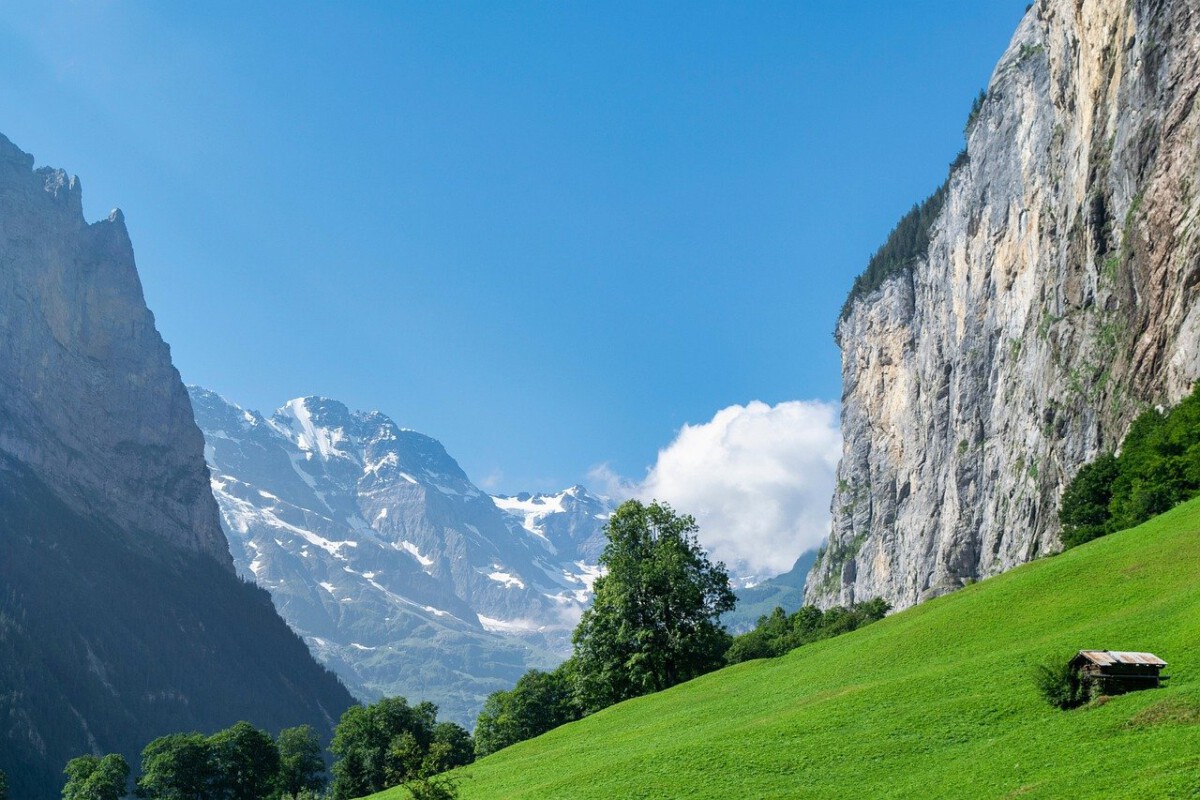The Eiffel Tower, Paris
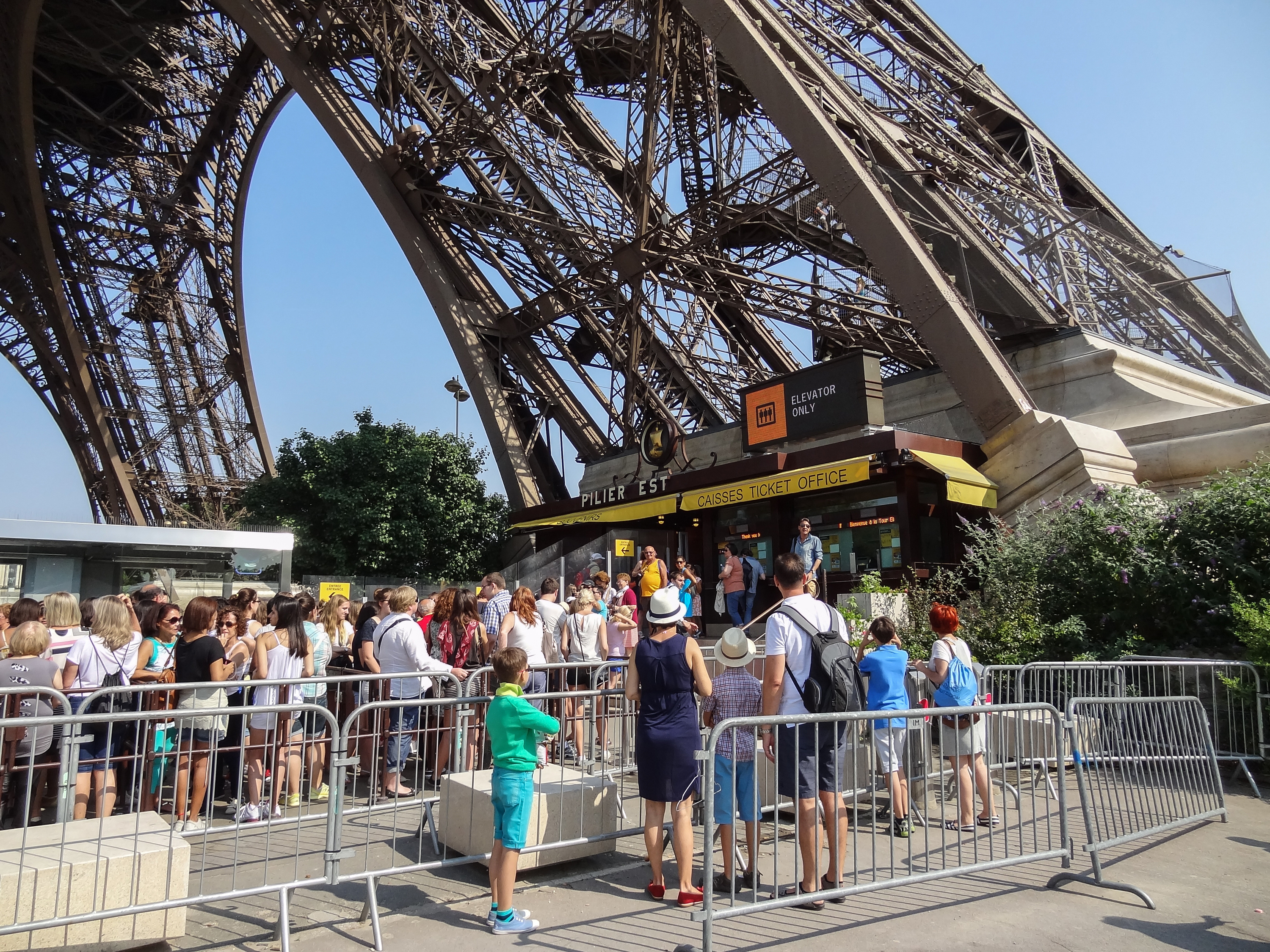
The Eiffel Tower has long been a dream destination, but in 2025, it’s become the source of unexpected disappointment for many travelers. According to a detailed survey by the Paris Tourism Board, 67% of visitors in the first quarter of 2025 reported that their visit did not meet their expectations. The biggest culprit is overcrowding, with average wait times surging past two hours, even during off-peak seasons. Ticket prices have also reached a new high, with the standard fee now set at €30—a 20% increase from the previous year. Tourists describe the atmosphere as overly commercialized, with the base of the tower surrounded by pushy vendors and endless queues for generic souvenirs. Many visitors regret spending precious vacation time standing in line rather than exploring the rest of Paris. The most common sentiment is frustration, as the magic and romance of the Eiffel Tower are often overshadowed by noise, crowds, and relentless commercialization.
Times Square, New York City
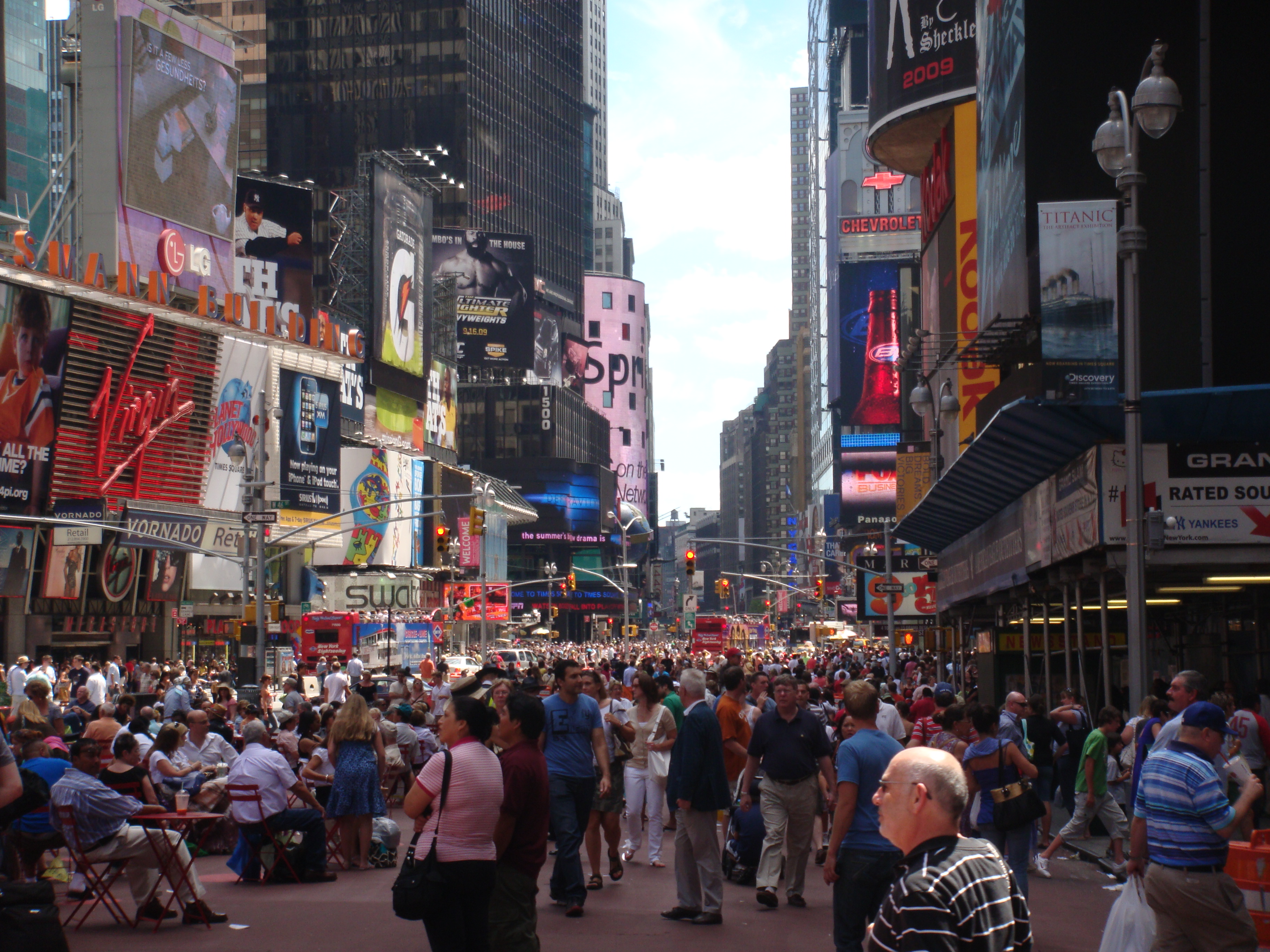
Times Square’s dazzling lights and energy have drawn millions, but in 2025, the reality is proving less glamorous. A recent report by the New York City Department of Tourism highlighted that 75% of tourists felt overwhelmed or even anxious during their visit. The area is described as chaotic, with noise levels exceeding 80 decibels during peak hours, and visitor density reaching an astonishing 380,000 people per day. Street vendors and performers aggressively solicit tourists, with many visitors describing the experience as stressful and even unsafe at times. Prices for food and souvenirs have climbed, with a basic hot dog now costing as much as $8 and t-shirts fetching $30 or more. According to a Travel + Leisure survey from March 2025, 58% of respondents said they would actively discourage friends from visiting Times Square, citing relentless crowds, overpriced goods, and a lack of authentic New York charm.
The Great Wall of China
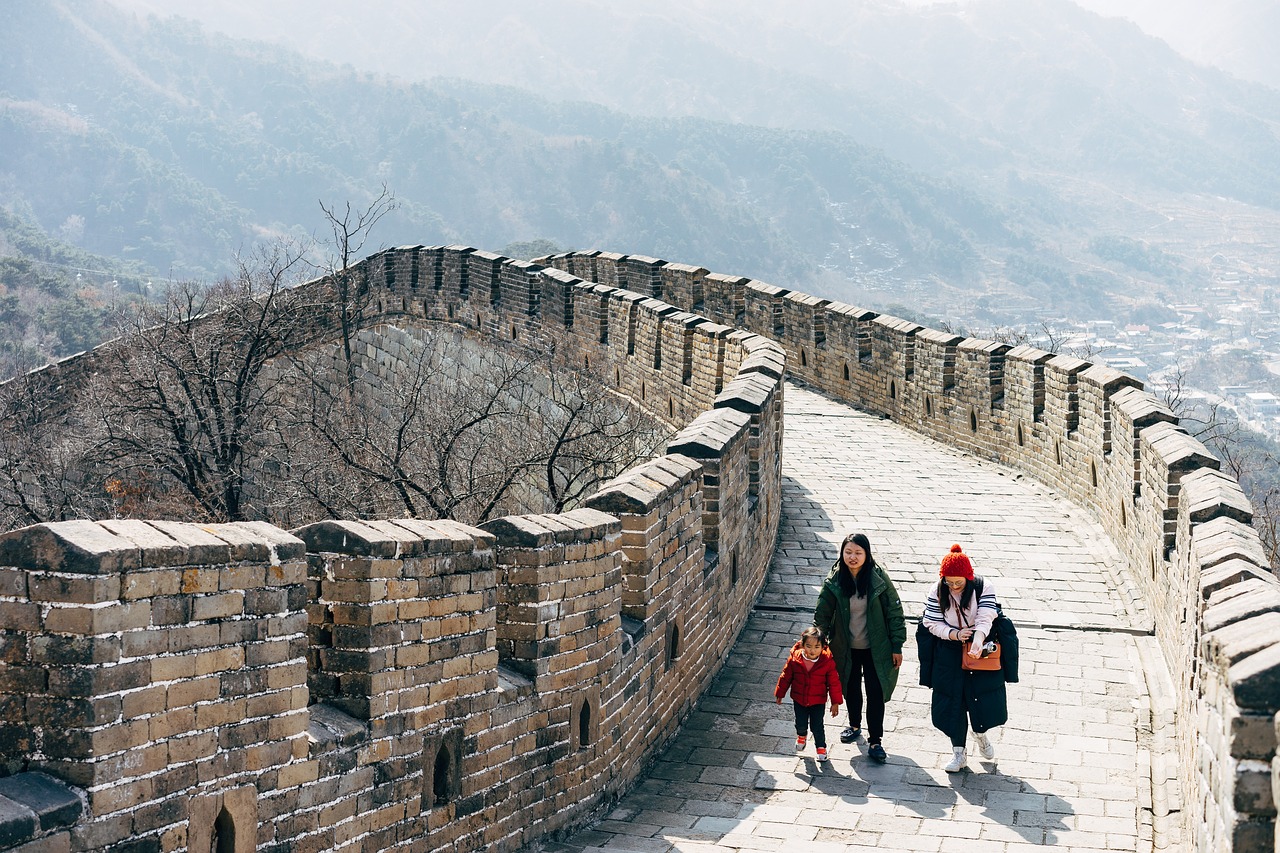
The Great Wall of China’s historical grandeur is now at odds with its modern-day visitor experience. A 2025 study by the China National Tourism Administration showed that 62% of tourists were dissatisfied, especially those visiting the heavily touristed Badaling section. Daily visitor counts in peak months reach up to 10,000, making it nearly impossible to take in the wall’s majesty in peace. Many complain about aggressive commercialization, with souvenir hawkers and snack vendors dominating the approach. Entrance fees have climbed to ¥40, and several sections suffer from neglect, with visible crumbling stones and poorly maintained pathways. Facilities such as restrooms and signage are often inadequate, leaving guests frustrated. As a result, many now recommend lesser-known sections like Jinshanling for a more authentic and less crowded experience.
The Colosseum, Rome

The Colosseum remains a symbol of Rome’s ancient past, but in 2025, it is also a symbol of tourist regret for many. The Italian Ministry of Culture found that 70% of surveyed visitors left disappointed, with high entrance fees (now €18) and overcrowded conditions topping the list of complaints. On busy days, more than 25,000 people pass through, leading to congested walkways and long waits for security checks. Restoration work has closed off popular sections, further limiting the experience. A shortage of guided tours has left many visitors wandering without context, struggling to appreciate the rich history. The commercialization around the site, with vendors selling trinkets and “skip the line” packages, has only added to the sense of disappointment. Increasingly, tourists are turning to less crowded historical landmarks in Rome, like the Baths of Caracalla, for more satisfying visits.
The Leaning Tower of Pisa
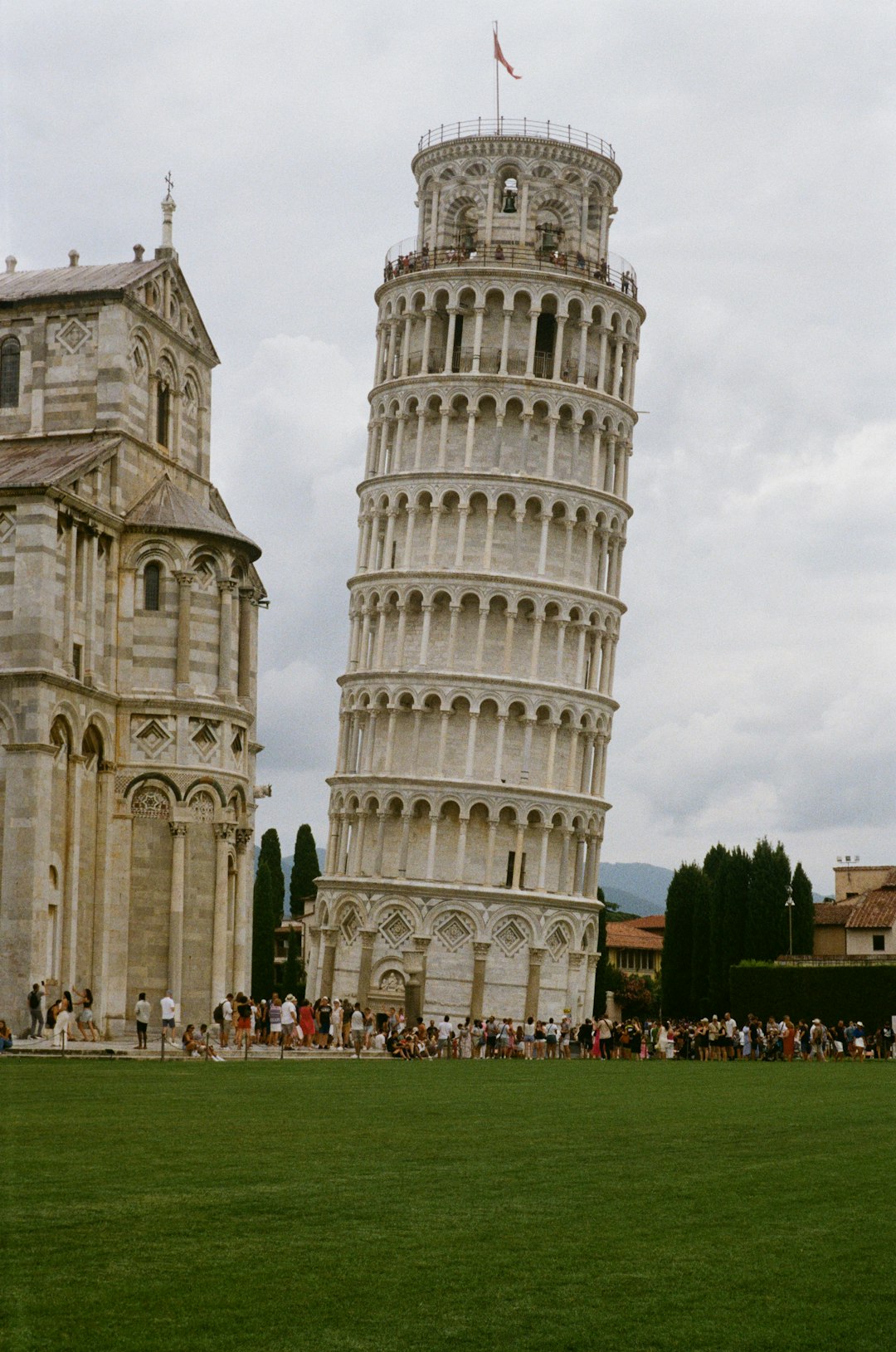
The Leaning Tower of Pisa has been the backdrop for millions of photos, but in 2025, it has become one of Italy’s most regretted destinations. Data from the Pisa Tourism Office shows that 65% of tourists found the site underwhelming, with complaints centering on the €20 entrance fee and persistent crowds. The area around the tower has become saturated with vendors selling mass-produced souvenirs, detracting from the historical integrity of the site. Visitors have limited time to take photos, as the flow of tourists is managed strictly to prevent congestion. Many say the surrounding Piazza dei Miracoli feels more like a marketplace than a historic site. Increasingly, travelers are choosing to explore less commercialized Tuscan towns like San Gimignano, which offer more authentic experiences and fewer crowds.
The Taj Mahal, India
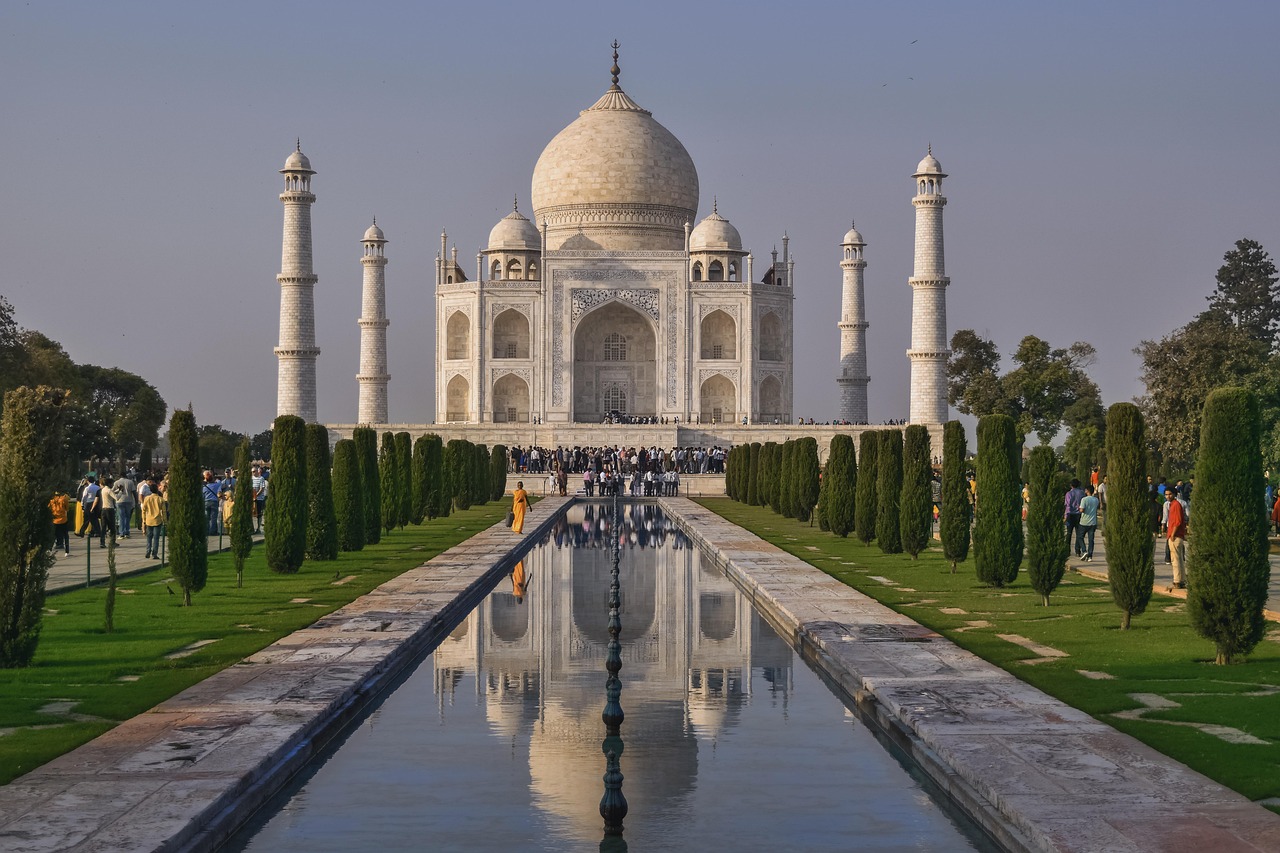
The Taj Mahal, world-renowned for its beauty, has come under scrutiny in 2025 as tourists grapple with a less-than-magical experience. According to the Indian Ministry of Tourism, 68% of visitors this year cited overcrowding and aggressive commercialization as primary sources of regret. With daily attendance exceeding 70,000 during peak months, the site often feels packed and rushed. The entrance fee has risen to ₹1,000, sparking complaints about poor value for money. Many tourists report a lack of informative signage or guided tours, making it difficult to appreciate the monument’s rich history. The area around the Taj is filled with touts and souvenir sellers, further detracting from the atmosphere. Travelers are increasingly bypassing Agra in favor of destinations like Jaipur, which offer a more relaxed and culturally immersive experience.
Machu Picchu, Peru
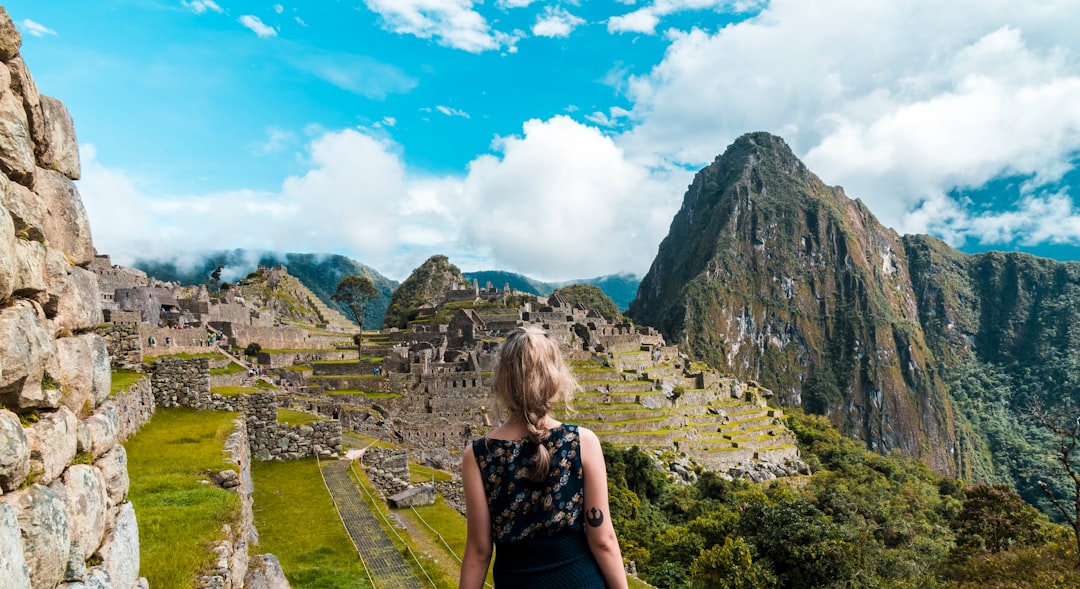
Machu Picchu is still a bucket-list site, but by 2025, it’s also a source of disappointment for many. The Peruvian Ministry of Culture released a 2025 report showing that 72% of tourists felt let down, mostly due to overcrowding and a steep increase in ticket prices, now at $70. The famed Inca Trail is frequently congested, with as many as 500 trekkers on the route each day. Preservation efforts have led to restricted access in several key areas, meaning many visitors only see a fraction of the site. Facilities are often lacking, with limited restrooms and few informative displays. Many tourists describe the experience as rushed and impersonal. As a result, increasing numbers are heading to alternative sites in the Sacred Valley region for a more rewarding visit.
The Vatican Museums, Vatican City
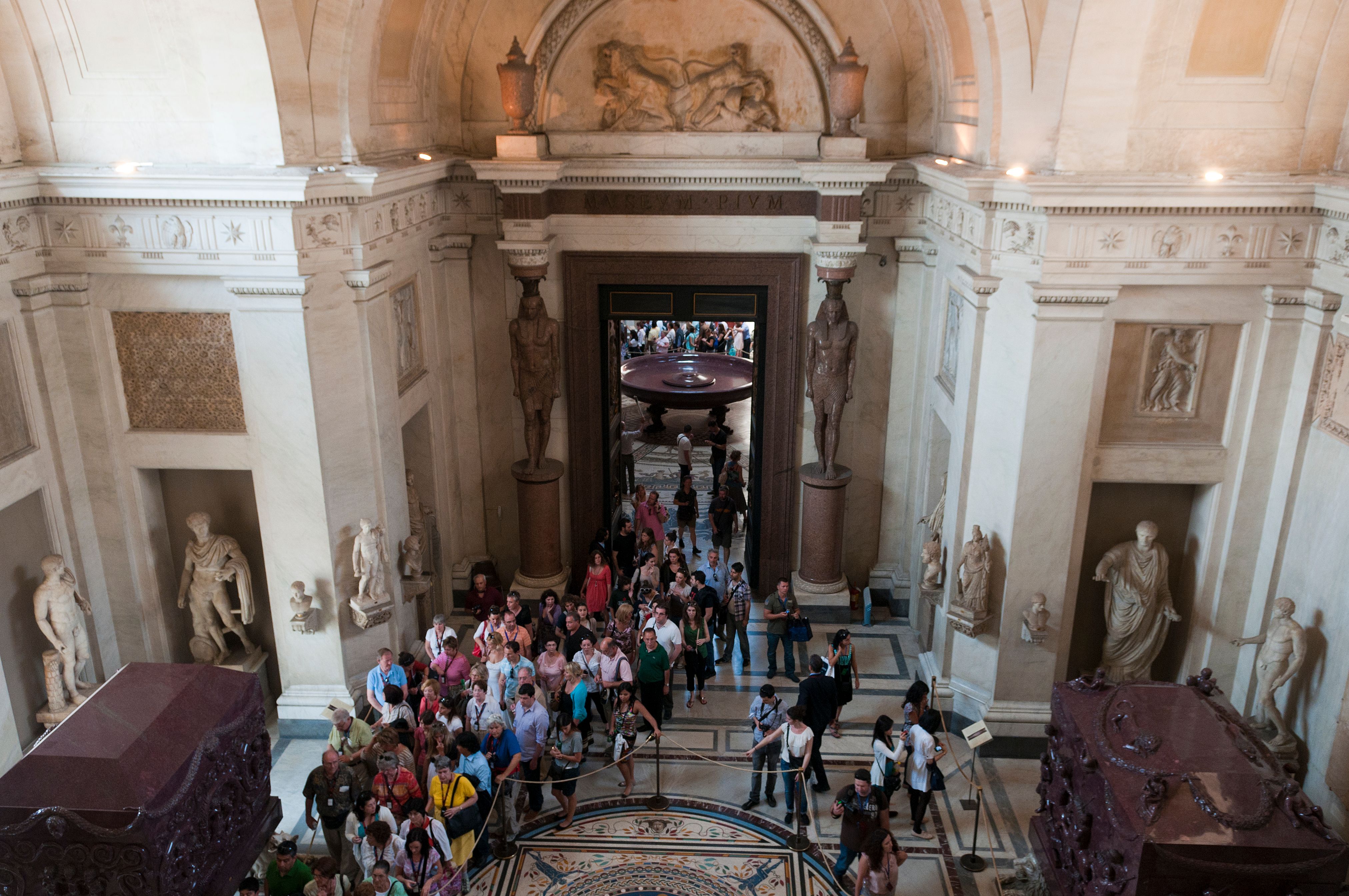
The Vatican Museums house world-famous art, but long lines and massive crowds have led to a sharp rise in visitor regret in 2025. A survey by the Vatican Tourism Office indicates that 66% of guests found the experience disappointing, mainly due to three-hour wait times and packed galleries. Ticket prices have increased to €30, putting off many budget-conscious travelers. Once inside, visitors often feel hurried along by staff and fellow tourists alike, with little time to admire masterpieces like the Sistine Chapel. The lack of seating and minimal written explanations exacerbate the sense of frustration. Many tourists now recommend Rome’s smaller, lesser-known museums for a calmer and more enriching cultural outing.
The Grand Canyon, USA
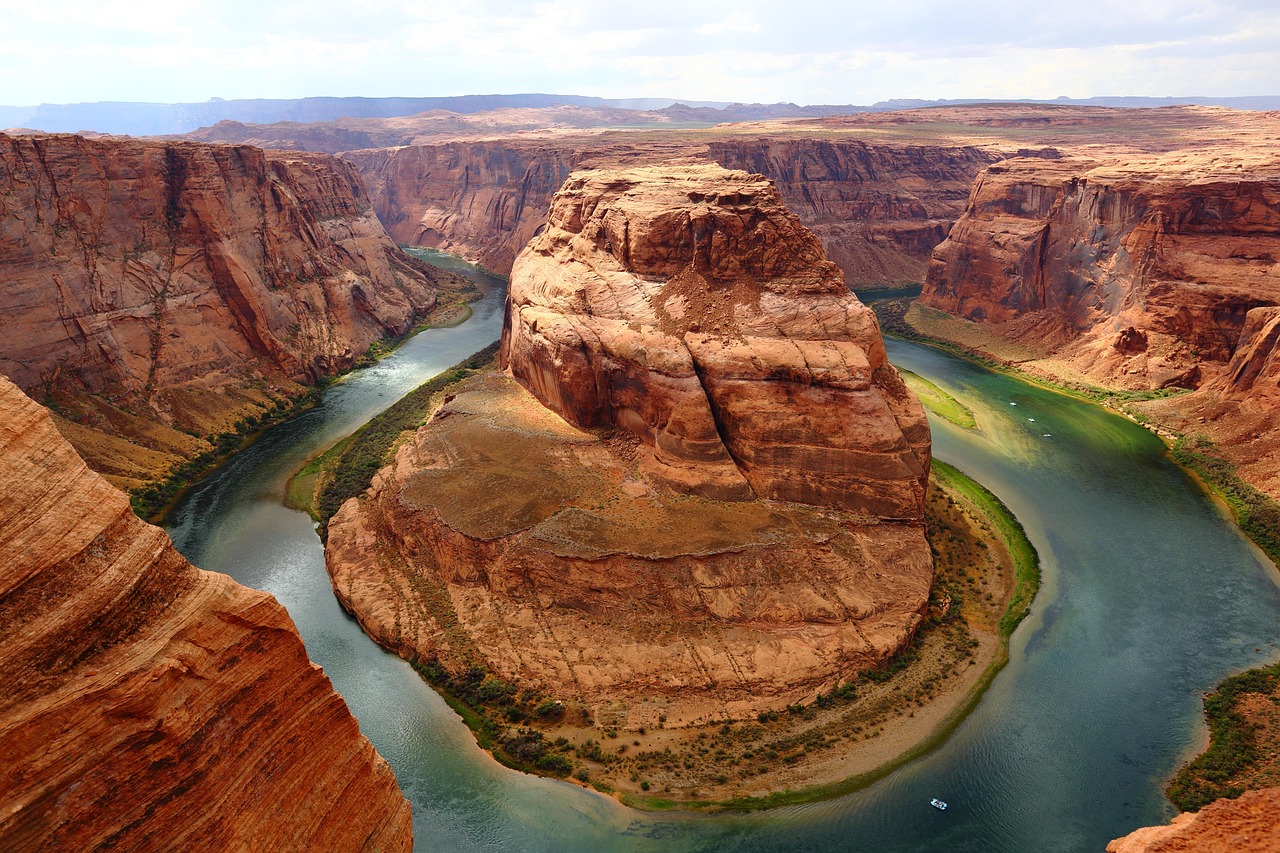
The Grand Canyon, a natural wonder beloved by millions, is facing a new wave of criticism in 2025 as over-tourism takes its toll. Data from the National Park Service shows visitor numbers have soared to over 6 million annually, with crowding on trails and viewpoints a persistent issue. A recent survey found that 64% of visitors were dissatisfied, citing high entrance fees ($35 per vehicle) and a lack of basic amenities as top concerns. Commercialization is also on the rise, with more souvenir shops and organized tours dominating the experience. Many guests report feeling rushed and unable to find solitude or scenic viewpoints free from crowds. This has prompted a shift in interest toward quieter national parks, such as Zion and Bryce Canyon, which offer more peaceful encounters with nature.
The Sydney Opera House, Australia
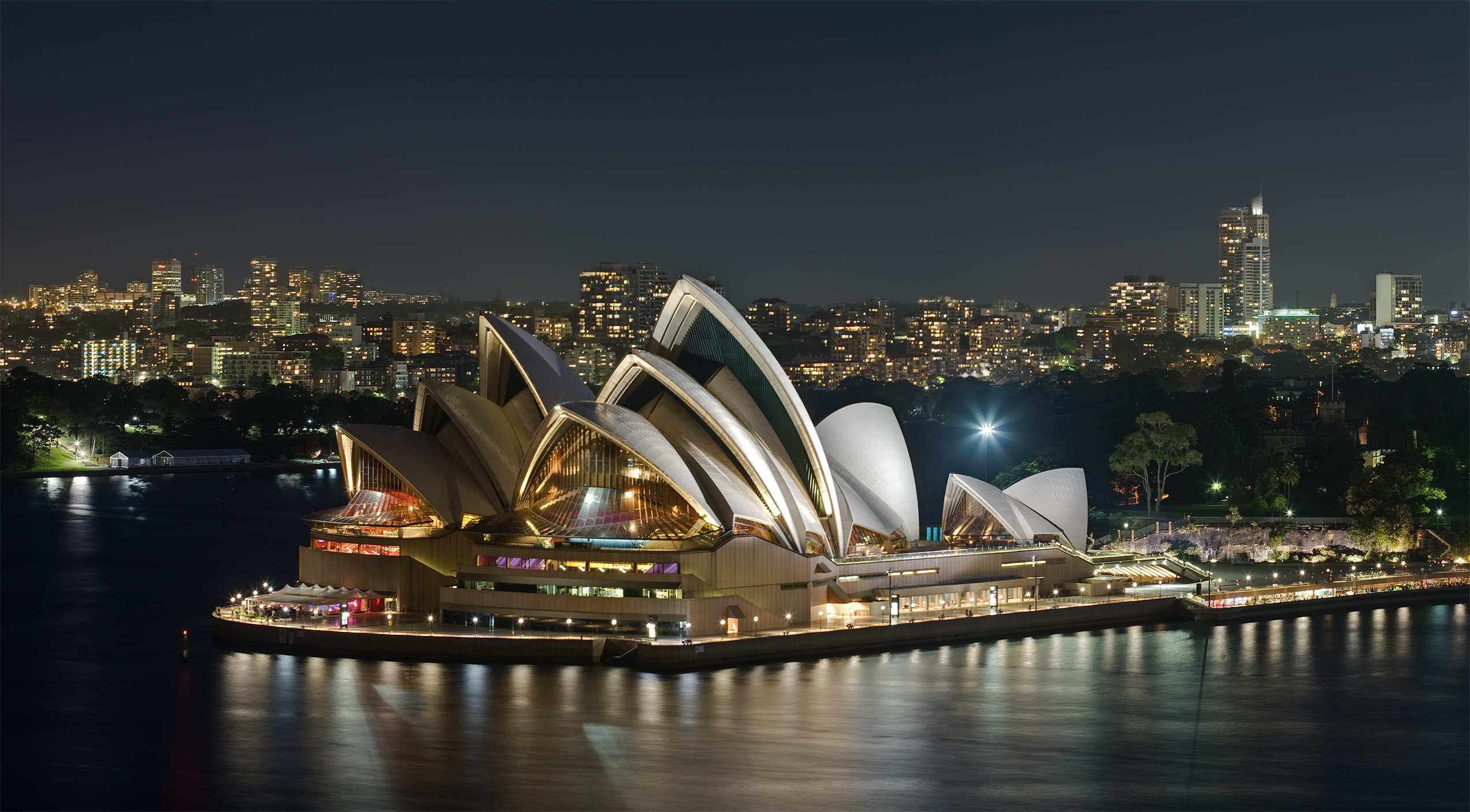
The Sydney Opera House, a masterpiece of modern architecture, has become a point of contention among tourists in 2025. A Destination NSW survey found that 70% of visitors left feeling disappointed, mainly because of exorbitant ticket prices (now averaging AUD 150) and a sense of being herded through the site. The surrounding area has grown increasingly commercial, with chain restaurants and souvenir shops overshadowing the harbor’s natural beauty. Many tourists describe their experience as rushed, noting that guided tours are often overbooked and lack depth. The lack of opportunities to fully explore the building’s interior has also been a source of complaint. As more travelers look for richer cultural experiences, places like the Art Gallery of New South Wales are gaining popularity.






